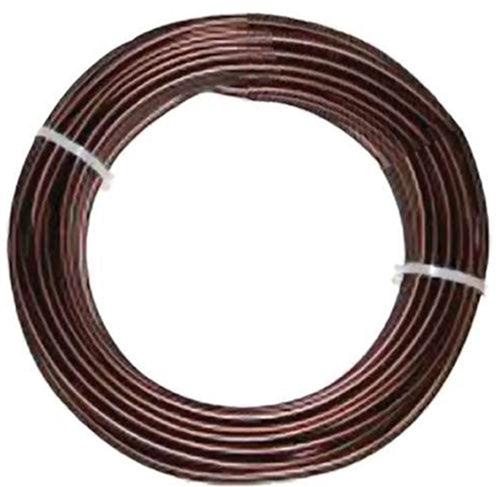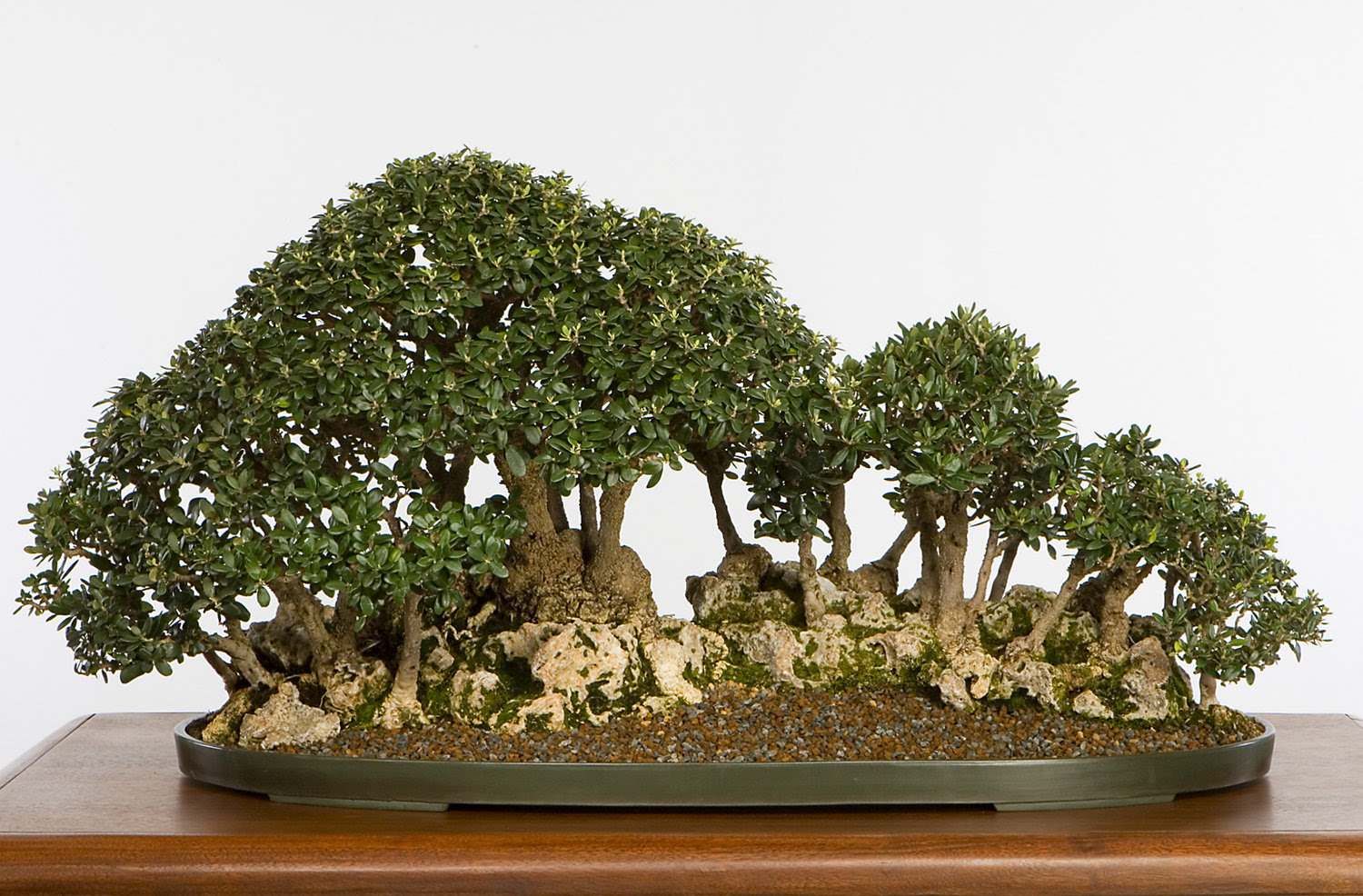
Here's an old favorite. It's a European olive grove by Melba Tucker. It has been in training since 1972 and was donated by Melba's estate in 2000.
I think today's post just might be the best yet when if comes to our series on The North American Collection. If not, it's a close second.
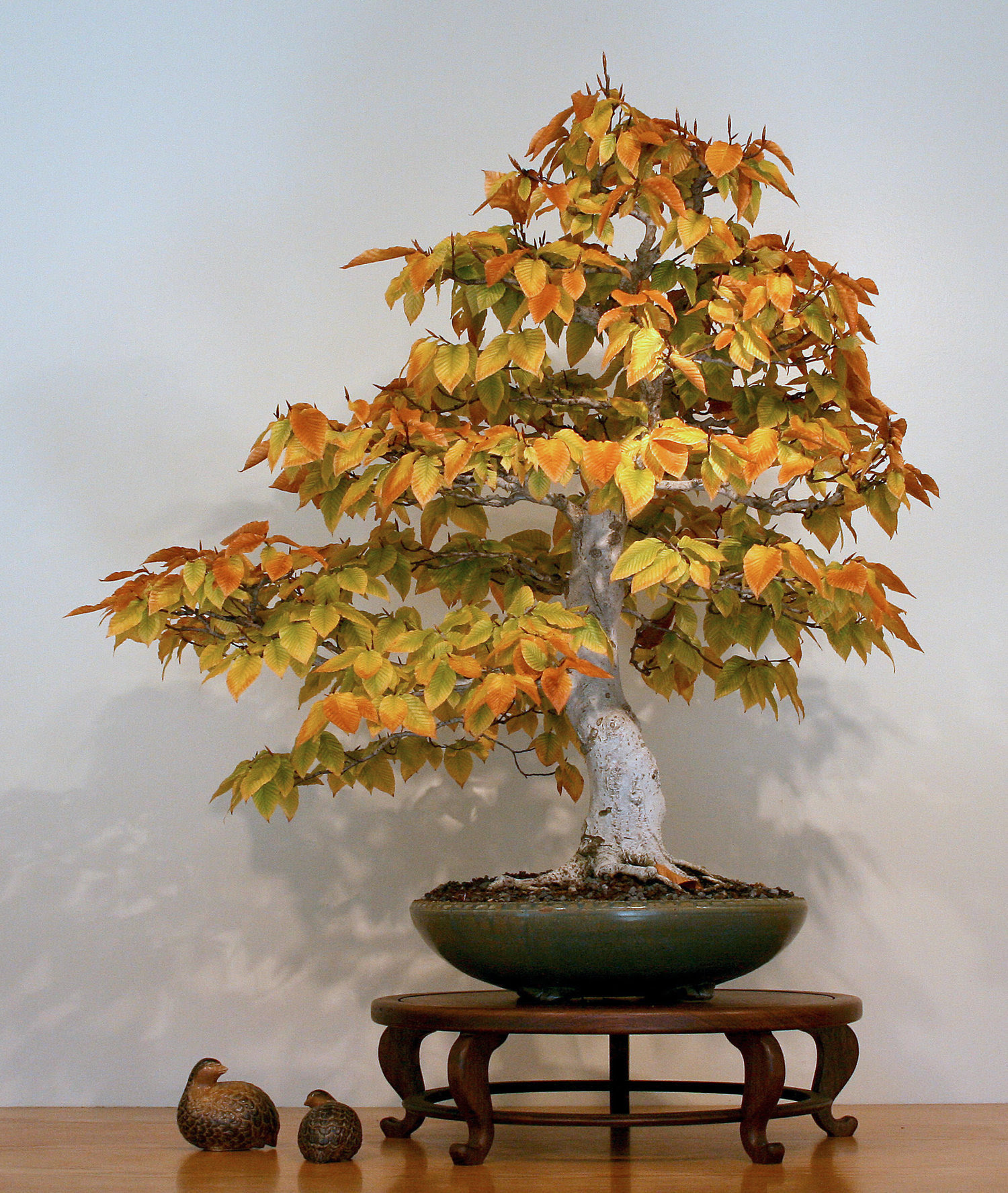
You don't see many American beech bonsai. They are difficult to keep in proportion with leaves that want to get much bigger and internodes that want to keep stretching. Unless you happen to be Julian Adams, who has perfected the somewhat painstaking techniques involved (scroll down for a link to Julian).
This one which is quite impressive, especially given the challenges, was donaled by Fred H. Mies in 2003 and has been in training since 1979.

This lovely Thorny Elaeagnus was gifted to the Museum by Mike Naka in 2004. John Naka originally found it growing on property to be demolished for freeway construction in Southern California. It has been in training since 1960.
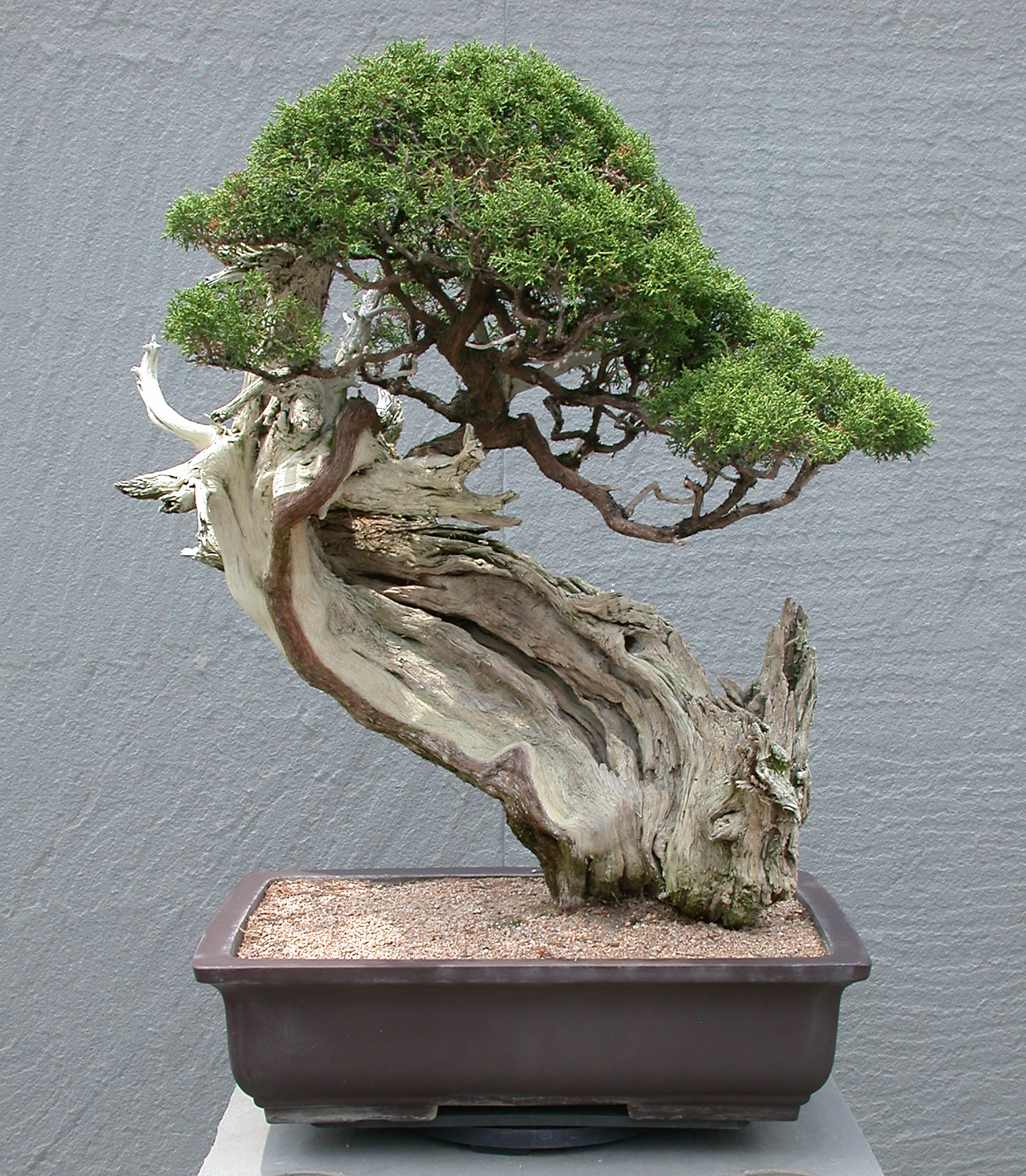
This old yamadori California juniper was gifted to the Museum in 2004 by Harry Hirao, one of the great Japanese American bonsai teachers. Harry collected it in the Mojave desert in 1960 and donated it to the museum in 2004.

Harry Hirao (Mr California juniper) from an article in the National Bonsai Foundation newsletter. Even though I never had the privilege of meeting Harry, from what I've heard he was a great teacher, a great human being and a friend to everyone. He first studied bonsai with John Naka. For more on Harry, scroll down for a link to the article.

This wonderfully strange Common privet was originally collected in a cow pasture. It has been in training since 1979 and was donated by Jack Fried in 2010.
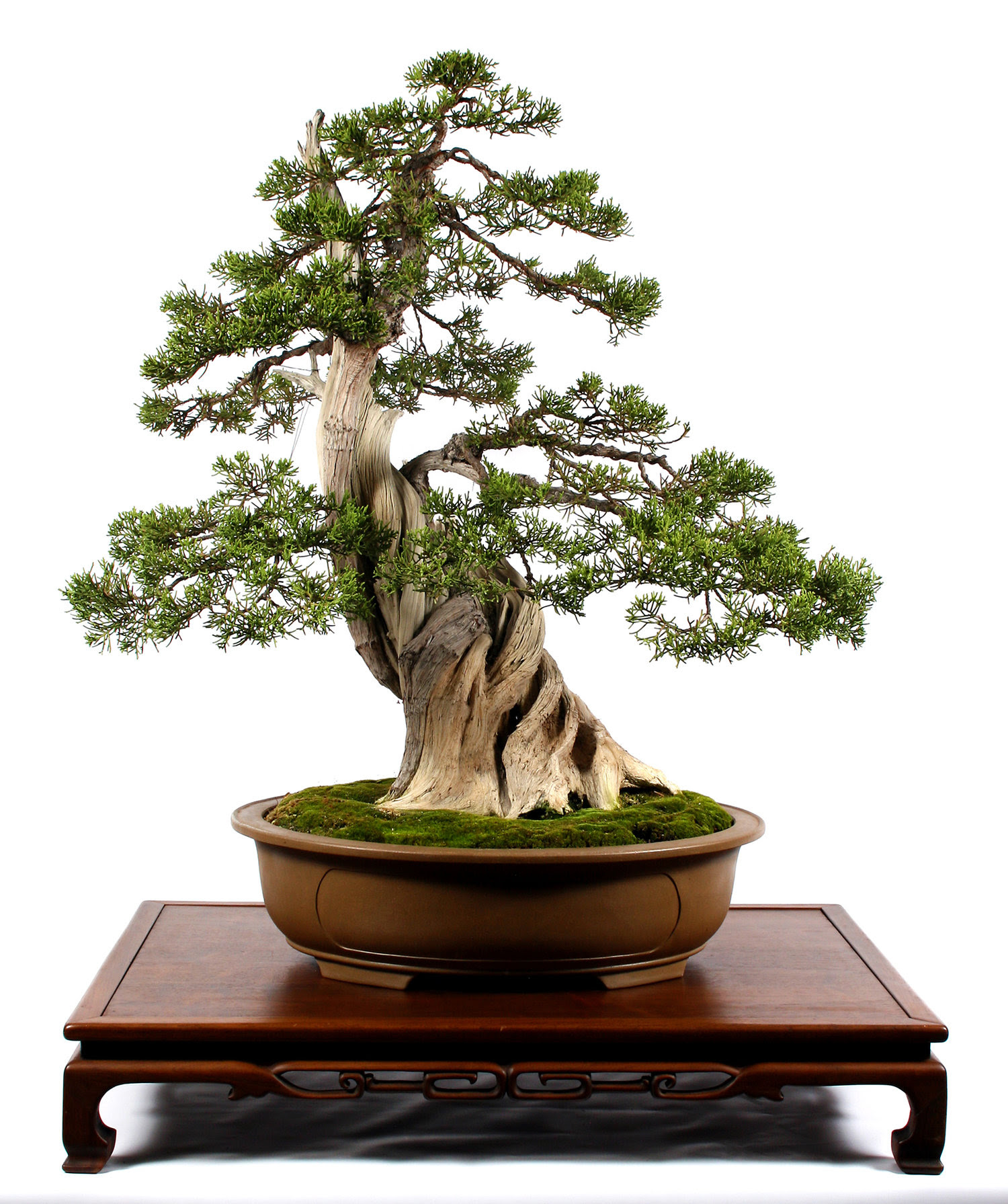
Can you imagine being out digging and coming upon a tree like this? It's another California juniper that's no doubt a yamadori (bonsai collected from nature). It has been in training since 1982 and was donated by Sze-ern Kuo in 2012.
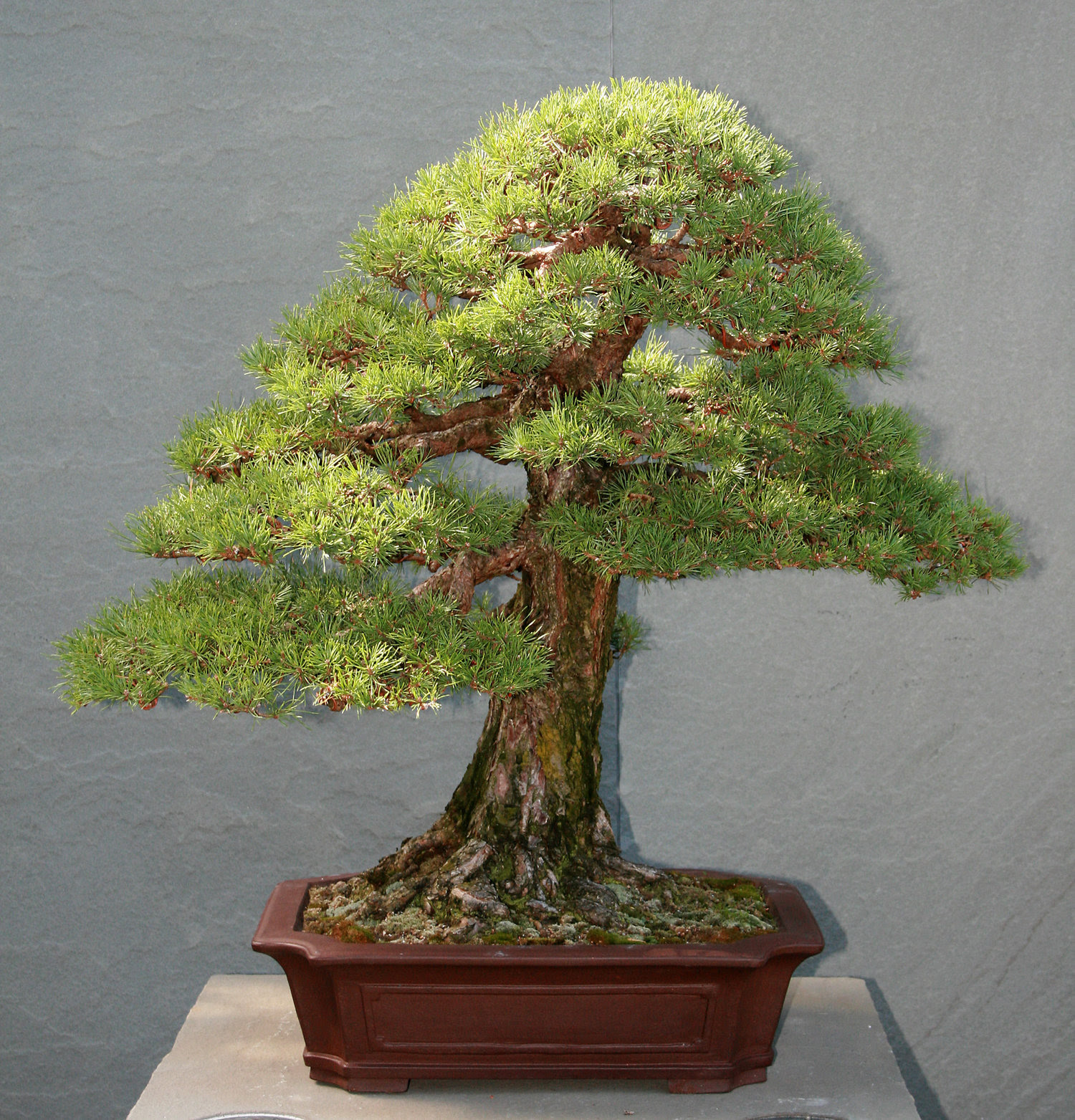
Aha! A tree by Bill Valavanis. It's a Scots pine that Bill donated in 2017 and that he grew and trained since 1880. I don't need to say what a great tree it is, you can see for yourself.

